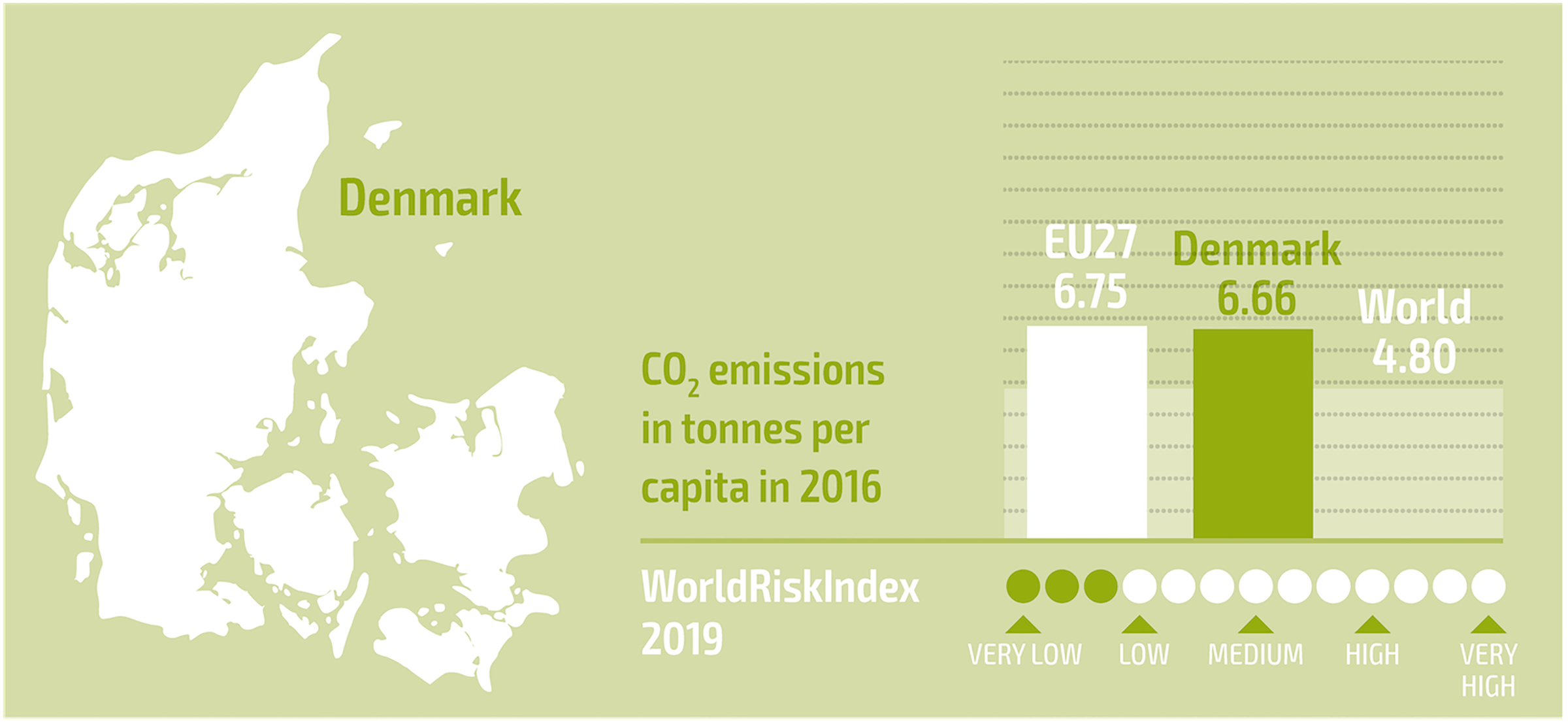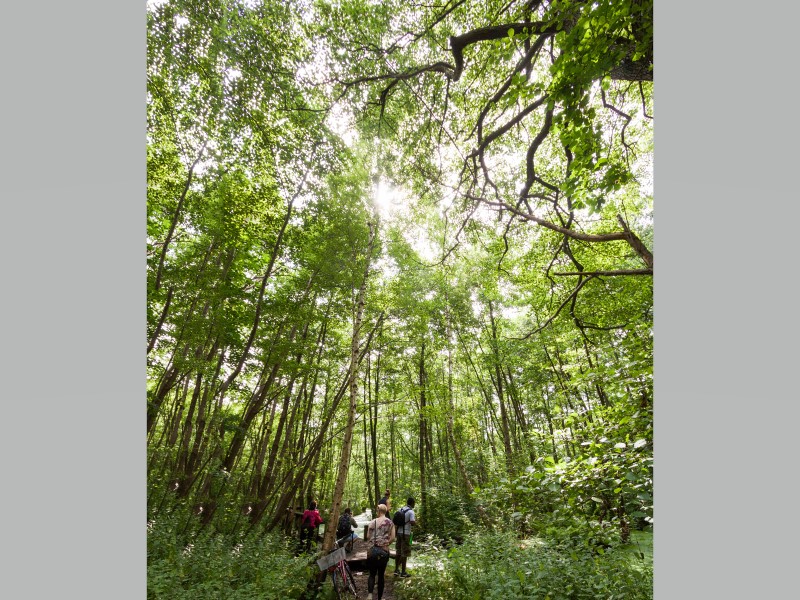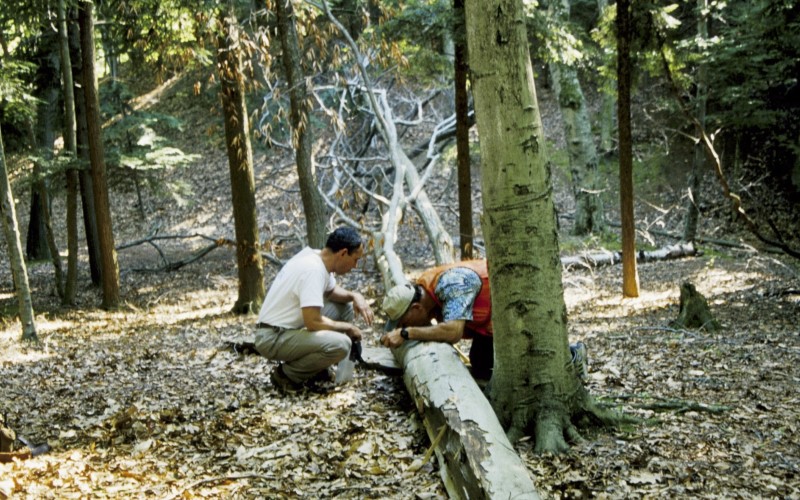A lovely land is ours / with beeches green about her / encircled by the sea
Palle Madsen, Senior researcher, Department of Geosciences and Natural Resource Management, University of Copenhagen
© Palle Madsen

“You could say that the ice ages narrowed the natural gene pool in Denmark. And the extent of genetic diversity is crucial to determining how well forests are able to adapt to an unknown future. The more diverse [the gene pool], the better it is. It is probably preferable to have an adaptable and healthy beech forest with genes from the Caspian forests of northern Iran if the alternative is losing the Danish beech forests.”
The “beeches green about her” so celebrated in the Danish national anthem, along with other tree species all across Denmark, are especially vulnerable in a warming climate: tree diseases are spreading around the planet faster than ever before and new, as yet unknown pests and pathogens including parasites like Phytophthora pose a threat of unknown magnitude to the Danish tree species. In recent times, the elm and ash stocks have been severely damaged by new diseases. Storms are currently a major culprit in the damage to Danish forests. During the last40 years, three storms (in 2008, 2012, and 2013) ravaged a total of 10 million cubic metres of forest. Storm Gudrun that hit Denmark on 7–9 January 2005 felled the equiva- lent of 1.5 times the coniferous wood felled every year.


